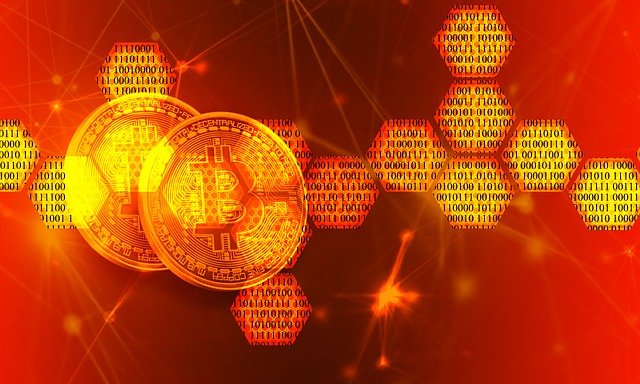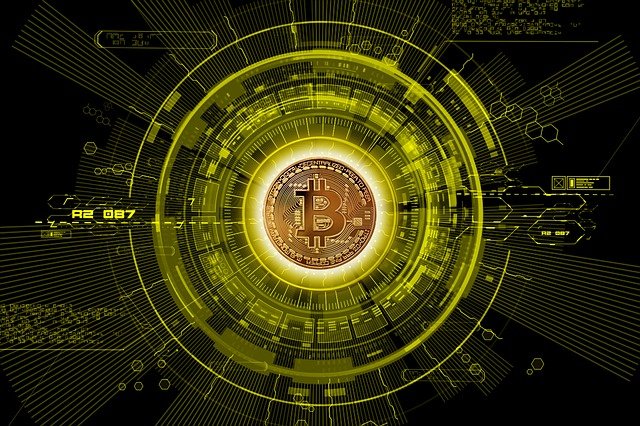Digital transformation - The future of mining.
Is a bubble about to explode or will they continue to gain strength?

At first sight, the relationship between Chilean and Australian mining seems to be based naturally on direct and open competition. Mineral resources account for more than half of the export of Australian products and make up 6% of the economy. Likewise, in the case of Chile, mining is one of the pillars of its growing economy, since it produces more than a third of the world's copper thanks to large projects such as the emblematic Escondida mine, whose production of resources represents 15.2% of Chilean GDP.
However, as the global mining industry is being transformed by a series of emerging pressures, common challenges - and future opportunities - have given rise to a common goal in fostering more intelligent, safer, more mining technologies. efficient and more sustainable. Here lies the reason for the creation of the Center of Excellence CSIRO Chile, a collaboration established under the program of Centers of Excellence of the Government of Chile.
The extraction of minerals from the depths of the earth may seem a technique of the old economy of taking rocks massively through the use of industrial brute force, but the services and knowledge-based technologies that form the foundations of modern mining are a state-of-the-art technology sector in its own right, which thrives thanks to innovations, research and the application of the most recent advances in intellectual property. The key to the project, explains Jonathan Law, Director of CSIRO Minerals Down Under Flagship, is a shared history of cooperation and a unique combination of government, business and academic participation.
The use of state-of-the-art intelligent networks based on innovations in the area of sensors, together with the increase in mobile and geospatial technology means that data extraction will be as fundamental to efficient mining as the mineral itself. "Physics and electronics have advanced so much that sensor technology can deliver information in unprecedented ways." Sensor development is also part of the joint program in order to help determine the physical properties of minerals, the performance of the equipment and the location of the workers "indicates Law
"The model mine of the future," he explains, "will be built around intelligent networks in which the combined execution capacity of all elements of the network will provide relevant information in real time that will serve as a basis for making decisions". The question is to share data without problems from different mining operations and then get the information to work interoperably in real time, which represents a huge leap forward in terms of mine management.
These intelligent systems will help to face the challenges that affect mining throughout the world, for example, as the ore degrades, it will be necessary to extract a greater amount of rock through massive extraction processes and information flow. Quality will provide the necessary information to make decisions, which will result in greater efficiency, reduction of energy costs and reduction of environmental impact.
The combination of market volatility, higher costs and changing global demand is producing an earthquake in the mining industry. In response, companies should change their strategies and adopt new business and operational models faster than ever. To take advantage of this opportunity, executives are adopting digital tools and capabilities, which include mobility made possible by cloud technology, analytics driven by big data and the Internet of Things.

The most famous cryptocurrencies such as Bitcoin or Etherium depend on mining so that new units of the respective cryptocurrencies can be produced. However, it is a costly process in terms of hardware investment but mainly in energy consumption. And it is precisely the high cost of energy required to perform cryptocurrency mining which ends up being a limitation for those interested in generating some type of cryptocurrency with their high performance computing equipment, since generally the payment received by each miner ends being equivalent to the energy consumption realized.
Also, high-performance computing equipment generates a large amount of heat, so they must have very sophisticated cooling systems, powered by coolants and even nitrogen, as if they were cooling towers of nuclear reactors. However, a solution that could revolutionize the cryptocurrency mining in the home has just appeared on the market: Crypto Heater QC-1. The system is ingenious from many angles, since the same industry of heating systems faces the problem that their devices consume too much energy, however, with the Crypto Heater QC-1 not only can a home be heated, but also you can earn around 100 euros a month thanks to the royalties for carrying out the cryptocurrency mining, this according to calculations made by TechCrunch.
Go here https://steemit.com/@a-a-a to get your post resteemed to over 72,000 followers.